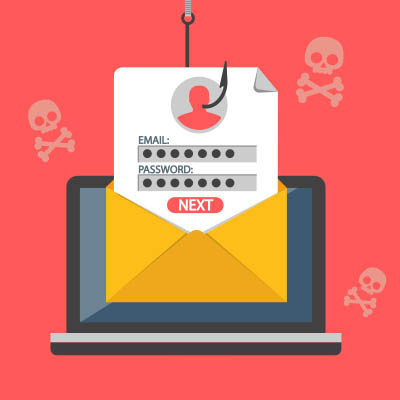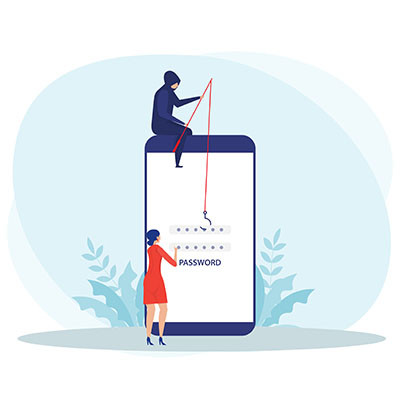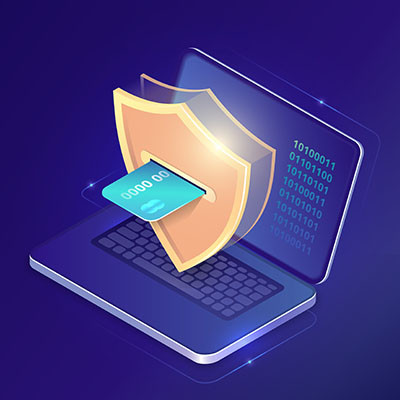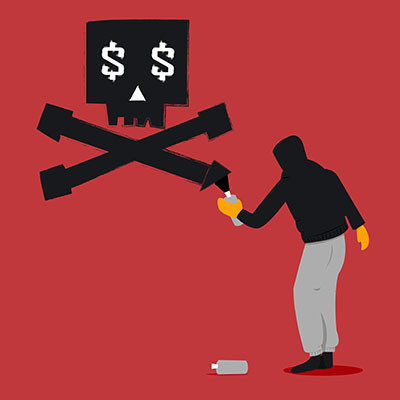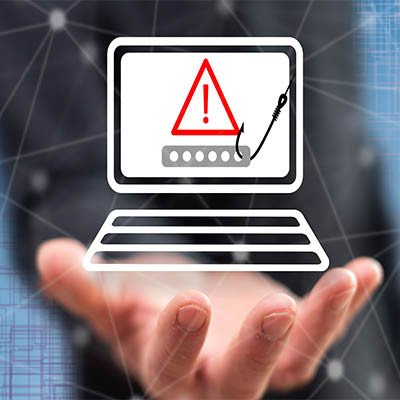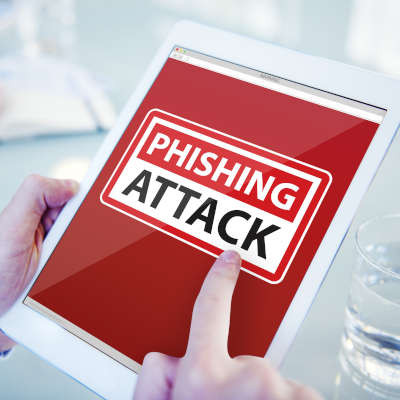To help keep things fresh, we’ve decided to write this blog as though it were a scene from a daytime soap opera. Accordingly, please read all dialogue as though it is either being whispered, shouted, or forced out in anguish by an attractive cast of characters.
Data—ones and zeroes in sequence—runs the world… even in the quiet cape town of Oak Falls. Let’s check in on the residents of this little town, but beware. Threats exist even here, so make sure you’re keeping a close eye on… All My Data!



